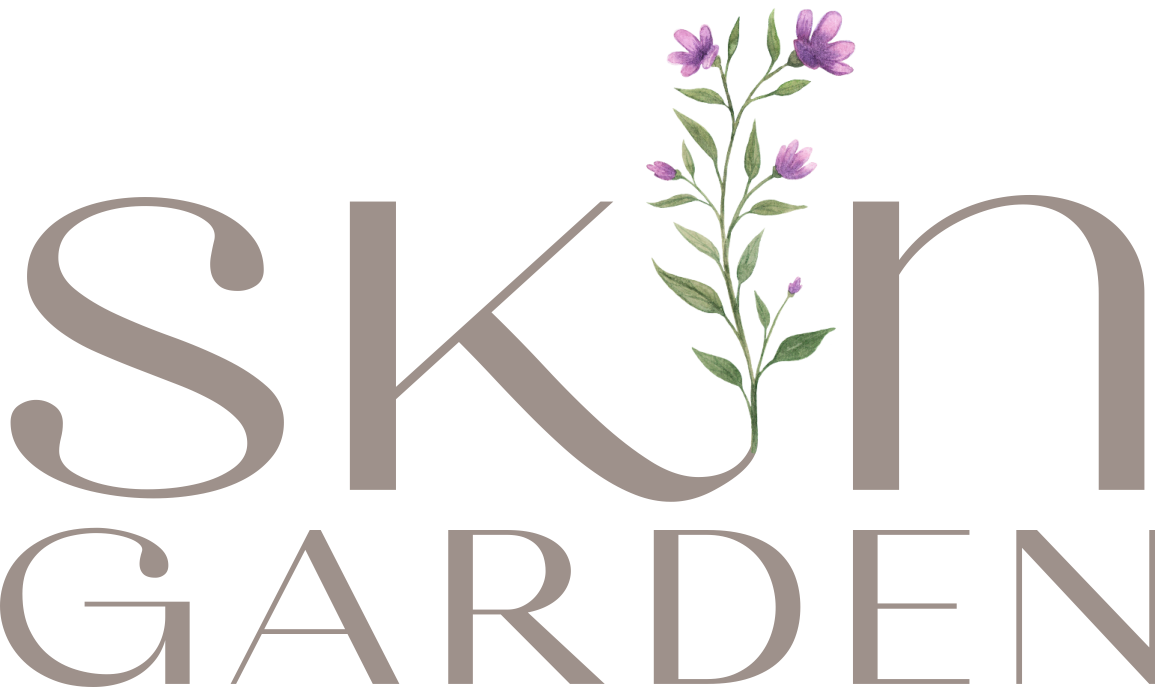Cleansing 101
Mastering the Art of Facial Cleansing
In the world of skincare, Korean Skincare has carved out a reputation for its meticulous approach to skin. Among the many secrets behind the radiant, flawless skin often associated with the Korean culture lies a fundamental practice: facial cleansing. But this isn't just about washing your face; it’s about engaging in a thoughtful and effective ritual that sets the stage for the rest of your skincare routine. So, Let’s dive into the essentials of facial cleansing and discover how you can achieve the most effective cleanse with the right cleanser and techniques!
1. When should I Cleanse?
The standard answer is morning and night. However, it’s not quite that cut and dry. What do I mean by that? Well, for most skin types you will want to cleanse in the morning with a gentle cleanser and double cleanse in the evening (more on that in a minute), but if you are someone who has very dry, sensitive, or sensitized skin (barrer impairment), than in my opinion a tepid water rinse in the morning will be more beneficial than cleansing, we want whatever oil is on the surface of your skin to remain there.
2. What is Double Cleansing? Do I need to do this?
Double Cleansing is rooted in ancient Korean and Japanese Beauty Practices that are still popular today. Double Cleansing involves first pre-cleansing with an oil-based cleanser to breakdown makeup, spf, dirt, residue and excess oil on the skin before using a secondary water based cleanser to effectively cleanse the pores and skin of impurities. This only needs to be done at night. If you don’t wear makeup or SPF (which you should consider using SPF on a daily basis) then a single cleanse with a suitable cleanser for your skin type will suffice. You will need to allow your cleanser whether it be a double or single cleanse to remain on your skin and massaged for a minimum of one minute for it to work effectively.
3. Choosing the Right Cleansers for your skin
Selecting the right cleansers is key to achieving healthy, balanced skin. Here’s a guide based on different skin types just keep in mind that if you are someone who wants to or needs to be double cleansing, your first cleanser will be an oil based cleanser the below suggestions will be for your main cleanser:
For Oily/Acne-Prone Skin: You will want to look for a gel or foaming cleanser that contain Mandelic or Salicylic acids. These can help balance oil production and reduce acne. AND yes, if you are oily/Acne-prone you can absolutely use an oil cleanser as your first cleanse. Like attracts like, so oil cleanser are incredibly helpful for breaking down excess oil.
For Dry/Sensitive Skin: Look for a cream/lotion or souffle-type cleanser with ingredients that promote moisture retention like skin loving butters, oils and peptides.
For Combination Skin: A mild, foaming water-based cleanser will work best for your skin type. Look for products that offer hydration and not contain ingredients that are too drying for your skin.
For Normal Skin: You can really go with any cleanser with normal skin, with one exception, you probably wouldn’t want to cleanse with cleansers meant for oily or acne skin as these could dry your skin out. A great choice is always a gentle gel or foam cleanser.
4. The Importance of Temperature
Water temperature plays a significant role in facial cleansing. Use lukewarm water for both steps of the double cleanse. Hot water can strip the skin of its natural oils and lead to irritation, while cold water may not effectively dissolve oil and impurities. Lukewarm water is gentle and effective, helping to open pores and remove impurities without causing damage.
5. The Right Technique
Proper technique can make a big difference in your cleansing routine. Here are some tips:
Don’t forget to Wash your hands first: Wash your hands first, then your face.
Be Gentle: Use your fingertips to apply cleansers. Avoid using rough washcloths or scrubbing aggressively, as this can irritate the skin.
Focus on Problem Areas: Spend a bit more time on areas prone to congestion, such as the T-zone (forehead, nose, chin). However, avoid over-cleansing these areas, as it can lead to dryness or sensitivity.
Rinse Thoroughly: Ensure all cleanser residue is washed away to prevent any potential buildup or irritation.
6. Post-Cleanse Care
After cleansing, your skin is primed to absorb the next steps in your skincare routine. Follow up with a toner, and targeted serum to help restore hydration and address specific skin concerns. This is also the perfect time for targeted treatments in the evening only like spot treatments or exfoliants, if applicable.
Reminder: Only Exfoliate at Night!
〰️
Reminder: Only Exfoliate at Night! 〰️
7. Frequency and Consistency
Consistency is key in skincare. For most people, double cleansing once in the evening is sufficient. However, if you have particularly oily skin or wear heavy makeup, you might benefit from double cleansing both morning and night. Remember to adjust based on your skin’s needs and response.
Conclusion
Facial cleansing is more than just a routine; it’s a foundational practice in Korean skincare that sets the stage for healthy, glowing skin. By mastering the double cleansing method, choosing the right products, and following proper techniques, you can achieve a fresh and clean complexion that’s ready to absorb the benefits of the rest of your skincare regimen. Embrace the art of cleansing, and watch as your skin transforms into a canvas of clarity and radiance.
Feel free to explore and adapt these steps to fit your personal skincare journey. Here’s to clean, happy, and healthy skin!


















